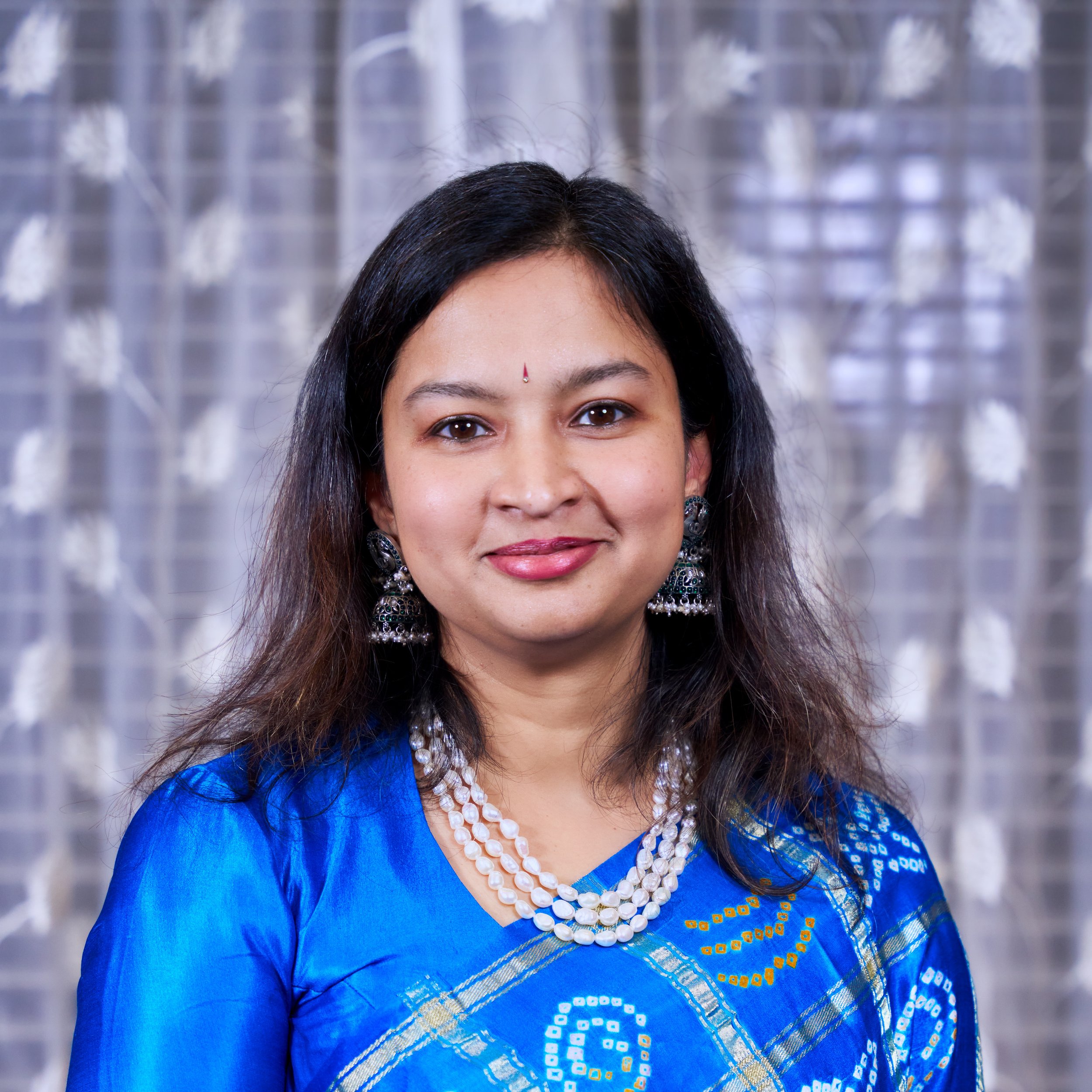The Many Dimensions of Music - A Conversation with Tanmay Krishnamurthy
Music is more than just sound; it is culture, history, and emotion interwoven into an intricate tapestry of artistic expression. In a recent episode of Passion Fruit, we had the pleasure of delving into this multidimensional world of music with Tanmay Krishnamurthy, a scholar, performer, and teacher of Indian classical music based in Dallas.
The Journey into Ethnomusicology
Tanmayji’s path to music research began with a deep-rooted passion for classical Indian music, nurtured by her family and honed by her guru, Vidwan T.M. Krishna. However, her recent foray into ethnomusicology at the University of North Texas has given her understanding of music an expansive new lens. Ethnomusicology, She explains, is not just about music theory but an exploration of music as culture—how it evolves, who creates it, and why it is created. This perspective, inspired by her guru’s holistic approach to music, now fuels her research into South Indian Carnatic music’s historical and sociological dimensions, particularly focusing on the period between the Vijayanagara Empire and the Trinity composers.
A Musical Upbringing and Cultural Influences
Born in Karnataka and raised in a family deeply immersed in music, Tanmayji’s early years were filled with melodic influences. While her hometown of Holalkere did not have a vibrant Carnatic music scene, her family ensured that she was surrounded by music through home learning, temple festivals featuring Nadaswaram, and annual workshops conducted by her maternal relatives. Competitions and exposure to legendary musicians further cemented her dedication to the art.
Comparing her upbringing to the experiences of students learning Carnatic music outside India, she acknowledges the concerted effort made by parents in the diaspora to keep cultural traditions alive. However, she also notes the differences in immersion, as students in India grow up surrounded by classical music’s nuances in everyday life, whereas students abroad often juggle multiple cultural influences simultaneously.
The Challenges of Teaching in the Digital Age
As a teacher, Tanmayji has observed the impact of technology on learning Carnatic music. While social media and online resources provide accessibility, they also pose challenges. Many students come to class with preconceived notions from online sources, making it difficult to correct stylistic nuances that are crucial to maintaining the authenticity of a raga. She emphasizes the importance of critical listening and learning directly from a guru to truly internalize the essence of Carnatic music.
The Evolution of Performance
Performance, Tanmayji believes, is an ever-evolving experience shaped by the musician’s understanding of music. Drawing from her guru’s philosophy, she stresses the need to move beyond the applause-driven approach and instead focus on the deeper expression of a raga’s emotion. While improvisation and creative expression are key, she insists that musicians must first master the structure before experimenting. For her, concerts are an opportunity to connect with the audience while staying true to the integrity of the music.
Research as the Next Frontier
With performance and teaching firmly established in her musical identity, Tanmayji’s next chapter is focused on research. As he embarks on her PhD, her primary goal is to explore Carnatic music’s historical and sociological aspects through archival studies. She is particularly intrigued by the transition between the Vijayanagara period and the Trinity composers, a phase that remains understudied in musicology. Through this, she hopes to bridge gaps in understanding and contribute to a broader discourse on the evolution of Carnatic music.
Looking Ahead
Over the next two years, Tanmayji’s focus will be on deepening her research while continuing to perform and teach. Whether it’s through analyzing historical manuscripts, guiding students in their musical journeys, or performing on stage, her passion for music remains undeterred. Her story is a testament to the ever-expanding dimensions of music—one that goes beyond performance and into the realms of history, culture, and intellectual exploration.

